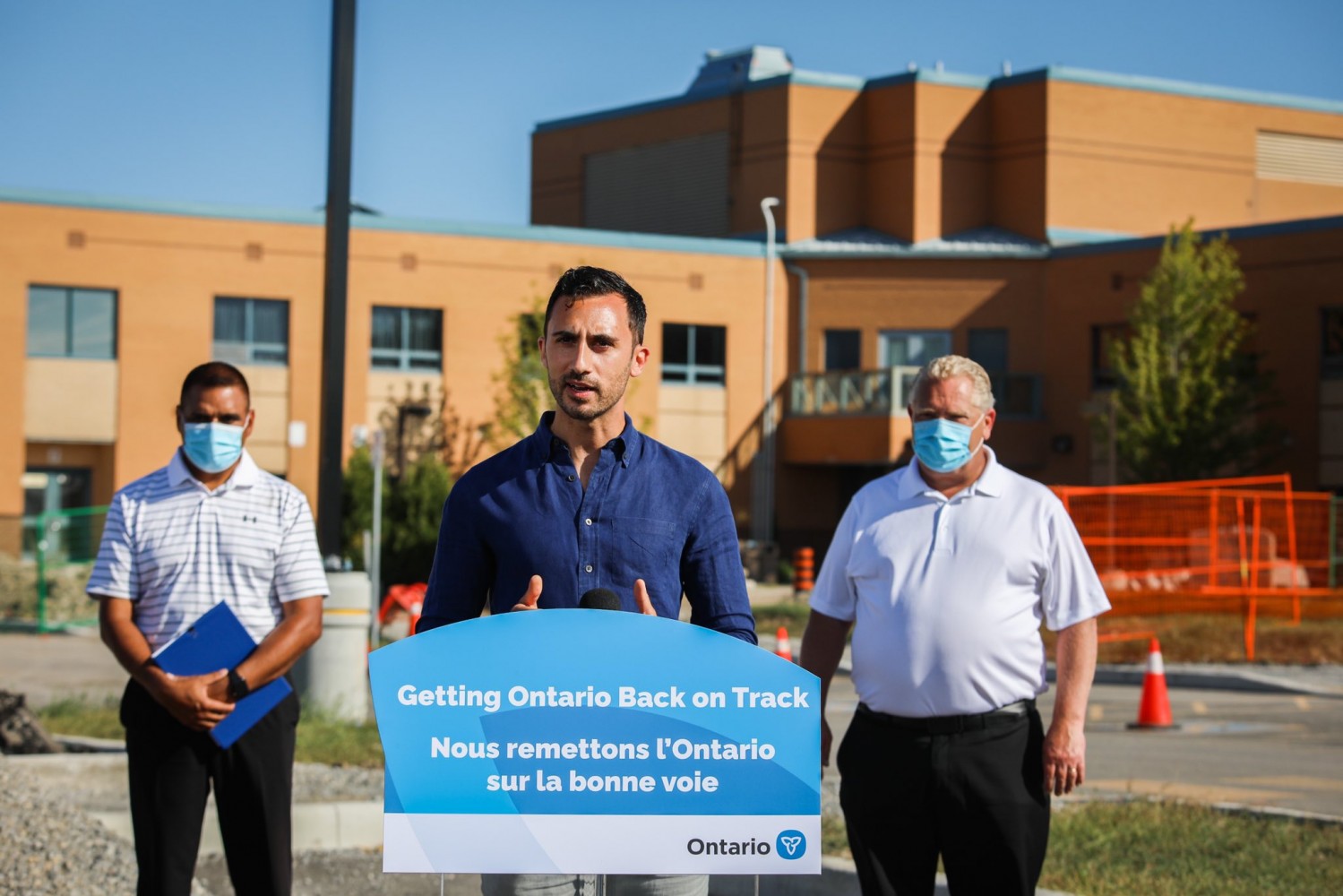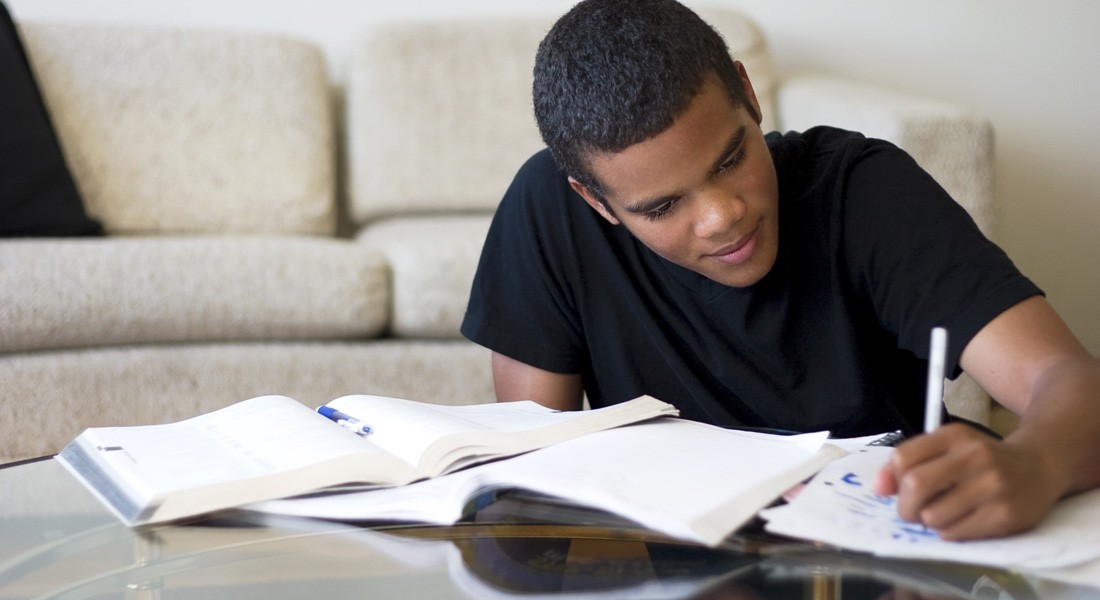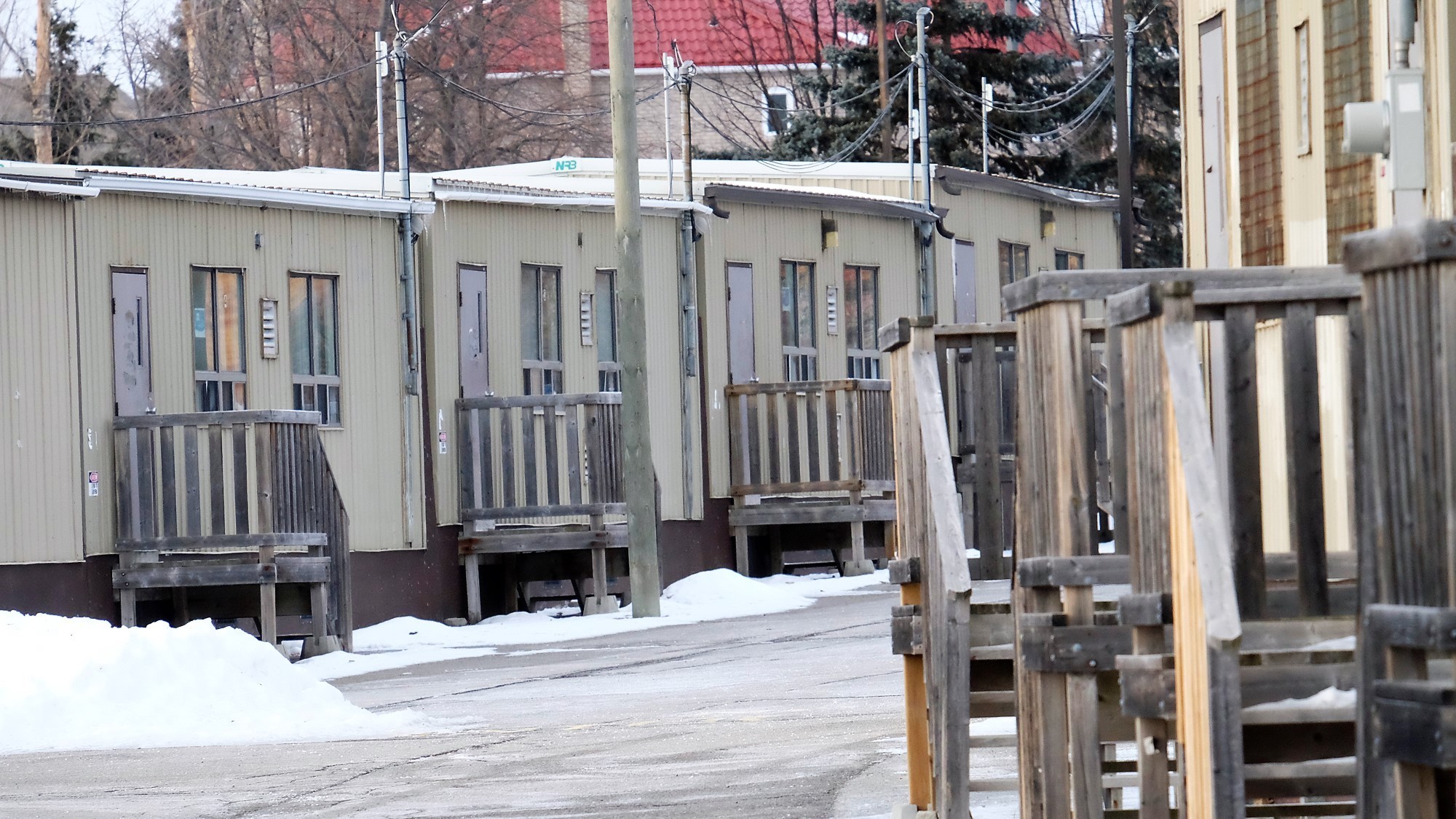
Lecce’s back-to-school update creates more confusion; funds to be 'unlocked' only a drop in the bucket
Under the PC government’s latest drip, drip, drip of back-to-school information, boards will have to rely on “rainy day funds” to hire additional teachers and lease public spaces to reduce elementary school class sizes to allow for students to physically distance.
Minister of Education Stephen Lecce announced Thursday at a press conference the government is allowing school boards to use an amount equivalent to as much as two percent of their prior year's operating budget, which has to be taken from their own reserves, to assist schools with a safe reopening. But the province’s largest board has already announced the latest plan by the ruling PCs won’t do much to help reduce class sizes and maintain other safety requirements.
The funding being “unlocked” by the Education Ministry is taxpayer money typically set aside by school boards to plan for future projects or pay for unforeseen costs. It remains unclear how much extra funds this could open up for Peel schools.
The Interim Director of the Toronto District School Board (TDSB), Carlene Jackson, wrote to trustees explaining the board’s reserves have already been set aside for ongoing projects, school budgets and future benefits.
“Staff’s position is that because this money is already set aside for future obligations, using these funds would lead to future financial risks for the board,” Jackson wrote.
TDSB is the largest school board in the province with a large reserve fund, comparatively, of $131 million. If it is struggling to keep class sizes at around 15 students, how will Peel fair?

With the start of the school year approaching, what learning will look like for Peel students remains unclear.
The Pointer reached out to the Peel District School Board (PDSB) and Dufferin-Peel Catholic District School Board (DPCDSB) for details about the state of their reserve funds, but neither replied ahead of publication.
Sean Russell, a long-time teacher at DPCDSB, doesn’t believe the reserves will be enough.
“I believe it is a matter of public knowledge that Dufferin-Peel has been in a deficit position for a number of years, which would lead me to conclude that they wouldn't have much of a reserve fund like these other boards,” he said.
The use of reserve funds for emerging needs as a result of COVID-19 also raises questions about the projects these dollars have already been earmarked for.
Peel’s school boards don’t receive as much money as TDSB, and though PDSB is the second largest board in Ontario, hyper-growth in the region has meant chronic shortfalls in education funding. New schools can’t keep up with Peel’s rapid population increase and the sight of makeshift portable classrooms lined up in school yards is common throughout Brampton and Mississauga.
In overall funding from the province for this year PDSB and DPCDSB received under the per student provincial average of $12,525.
Critics had already pointed out that the previous $30 million allocated by the provincial government for the hiring of new teachers to reduce elementary class sizes was a drop in the bucket, amounting to about one teacher for every three or four elementary schools in Peel, based on the starting salary of $40,000.
The province also announced an additional $50 million in one-time funding for improving ventilation and air quality in schools. This money, which comes from the pockets of the province, if divided by all 4,828 schools equally will give approximately $10,000 in HVAC support.
This week, many parents of high school students were shocked to learn what the 50 percent in-class and online learning means for their child. Most parents and teachers had thought on alternating days students would go to school for the whole day and then do online learning the following school day.
This week boards laid out plans to angry parents who felt like this information was not clear in the beginning. According to PDSB’s school reopening plans students will only attend in the morning from 8:30 a.m. to 11 a.m. and go home at lunch to continue learning at home from 12 p.m. to 2:30 p.m.
Students in different cohorts will have alternating days of in-class and online learning, with every student only attending school for half day lessons either twice or three times a week.
DPCDSB released the same model of in-person and online learning for high school students, but broke students into four different cohorts.
Teachers will stay at school all day and in the afternoon teach what the province calls “synchronous learning” to all students through video streaming.
Elementary school students will attend class five days a week for the full day if parents choose to send their kids to school. Parents have until August 17 to enrol their child in online or in-person education for PDSB and August 14 for DPCDSB.
The PDSB has been unclear on whether parents will be able to change their minds and have their child opt in or out of the different models, or if they must stick with their first decision.
An August 12 press release from PDSB states, “Although we had hoped to provide families with as much flexibility as possible, upon further exploration, taking into account assessment and reporting timelines, we have determined that we are not able to allow for switching between learning options at any time throughout the school year.”
However, directly after this statement the board explains students may switch at key dates throughout the school year. It is uncertain if parents have the option to switch from in-person to distance learning when they please, or if the option is only available at certain periods of the year, or if children are stuck in their learning model. It also remains unclear what the protocol will be should a student need to quarantine for 14 days. If that student is learning in a classroom, will they be able to switch to online learning for the two weeks of quarantine?

Classroom portables are a common sight around schools in Brampton and Mississauga.
A spokesperson from the Ministry of Education confirmed with The Pointer that school boards can allow parents to opt in/out of online or in-person learning at key times during the school year but it is on a school board basis.
“A key element of the provincial school reopening plan is focused on ensuring that parents have the ability to make the best decisions for their children,” said the spokesperson.
The Pointer reached out to PDSB but it did not respond in time for publication.
As a teacher, Russell believes parents can pull their kids from school when they deem fit based on safety concerns. However, at this point it is uncertain if parents decide to pull their child from in-person learning, would they transition directly to online-learning, and could they then switch back at any time.
Online learning will be a mixture of synchronous and asynchronous teaching styles. Asynchronous learning will not be in real-time via streaming, but potentially online video lessons or small group work with peers.
Learning done from home will be five days a week with a daily schedule that includes 300 minutes of learning time. Younger children will get less synchronous learning than those in high school.
Parents can exempt students from synchronous learning and request alternate learning approaches such as print or broadcast media instruction. This is on a case-by-case basis per school.
The online classes will be taught by Peel educators but won’t necessarily be from a student’s school. Teachers who cannot return to work because of the risk of contracting COVID-19 must provide the board with forms completed by a physician to be exempted from going to school. Those teachers will be teaching the online portion for students.
President of Peel’s local Elementary Teachers’ Federation of Ontario (ETFO) Gail Bannister-Clarke told The Pointer in an email, “members who do not have any medical restrictions or limitations or family status concerns that would prevent them from returning to work face to face, but are still concerned with the return, can apply for an unpaid leave [or retirement.]”
Email: [email protected]
Twitter: taasha__15_
COVID-19 is impacting all Canadians. At a time when vital public information is needed by everyone, The Pointer has taken down our paywall on all stories relating to the pandemic and those of public interest to ensure every resident of Brampton and Mississauga has access to the facts. For those who are able, we encourage you to consider a subscription. This will help us report on important public interest issues the community needs to know about now more than ever. You can register for a 30-day free trial HERE. Thereafter, The Pointer will charge $10 a month and you can cancel any time right on the website. Thank you.
Submit a correction about this story


